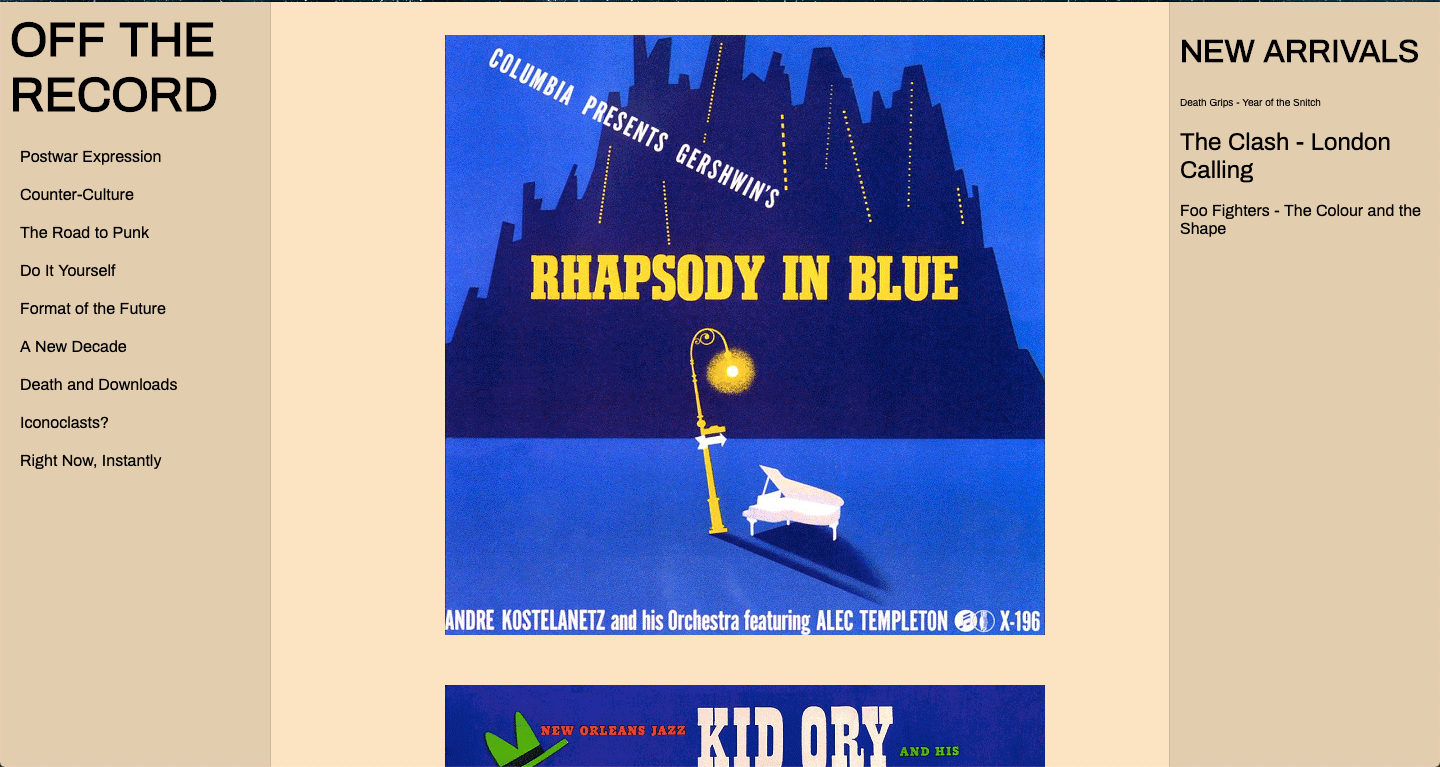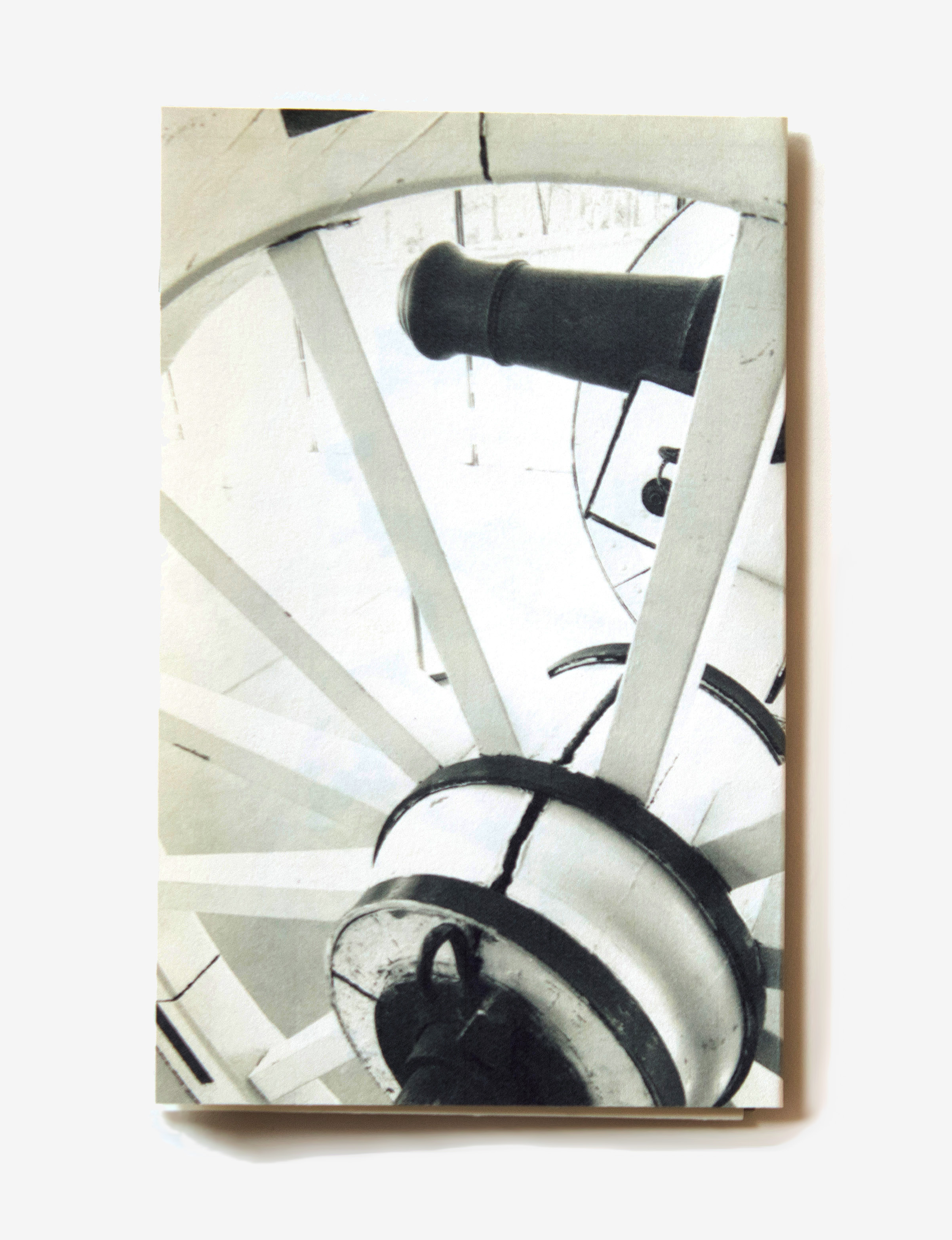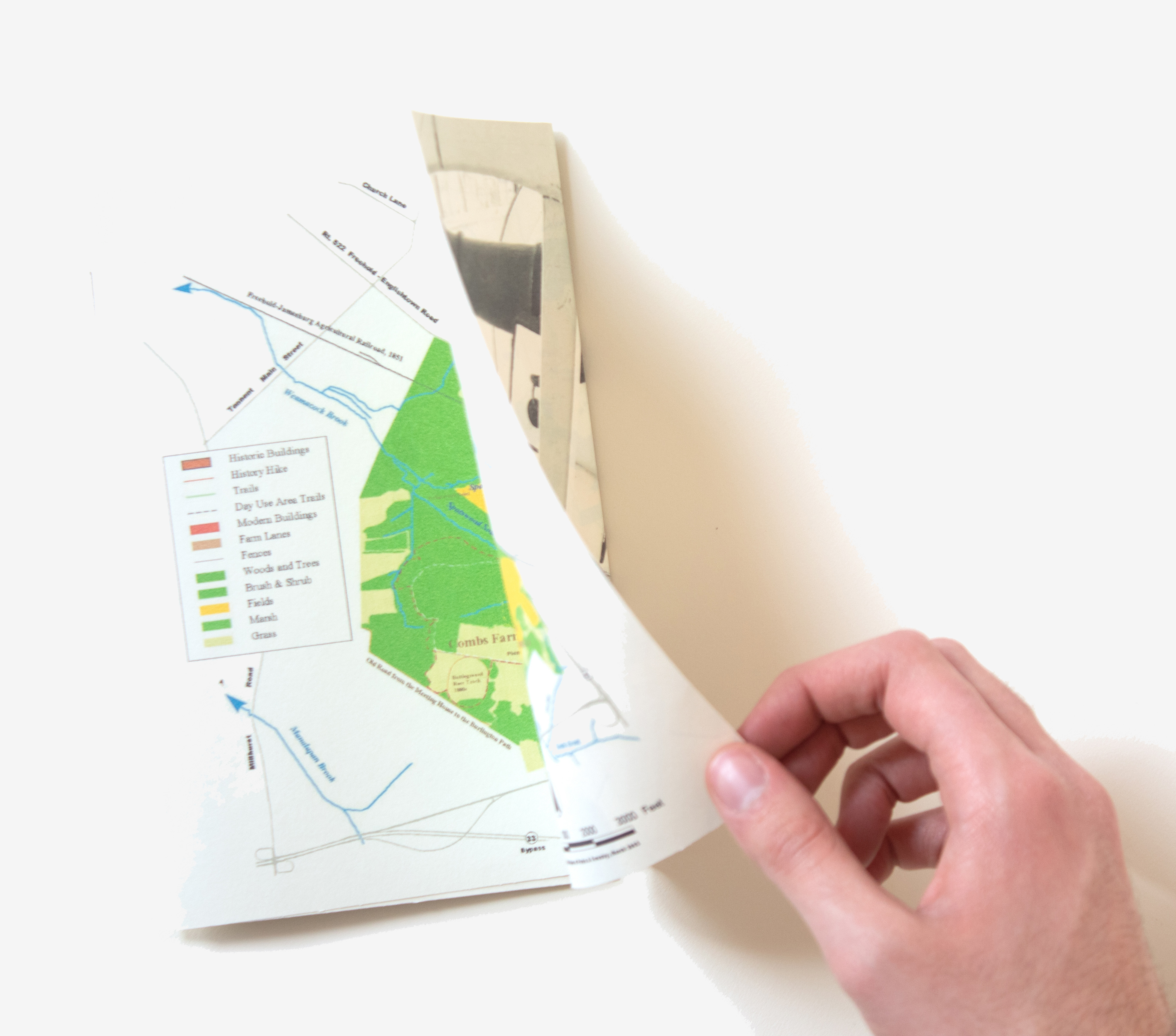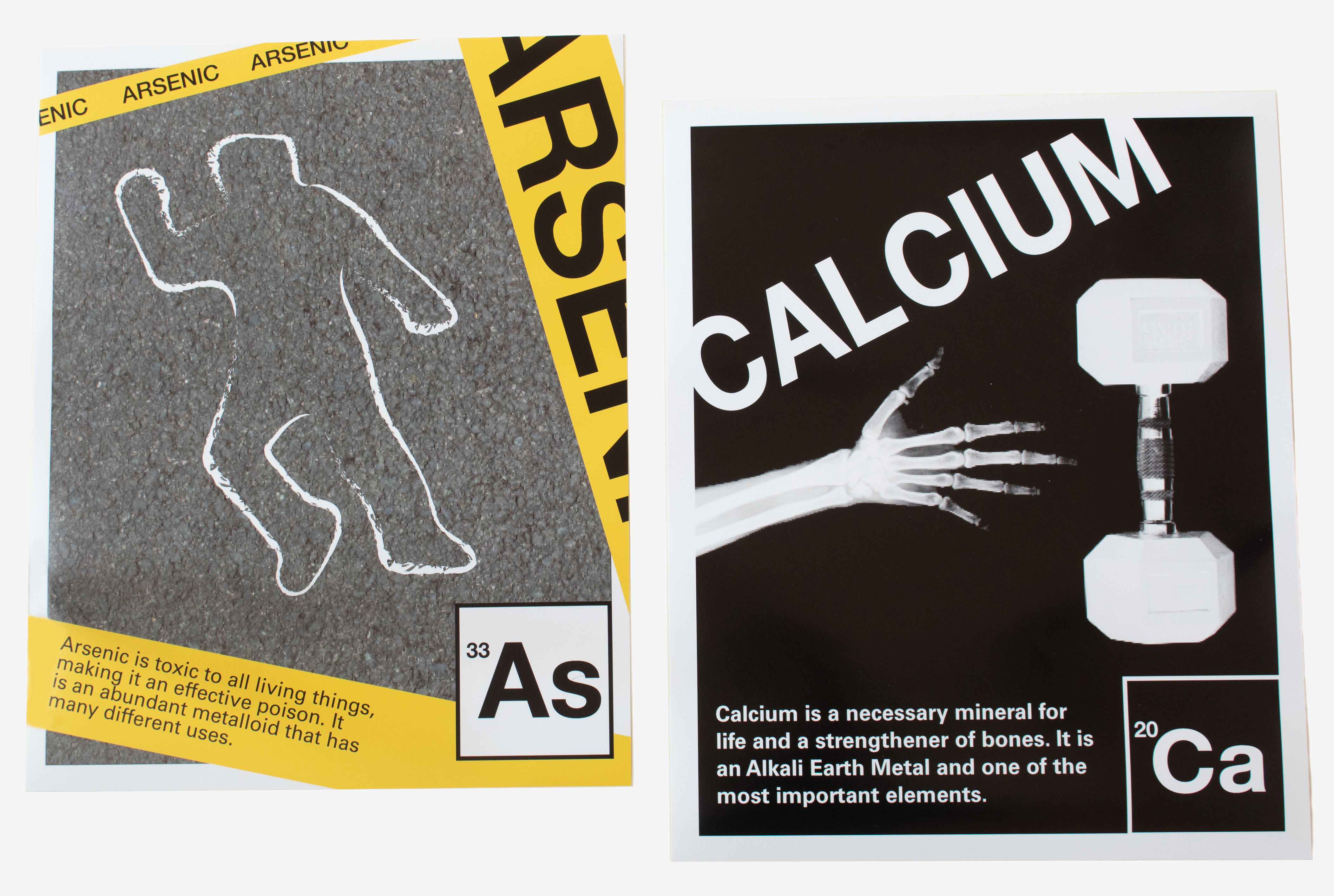I was born in Red Bank, NJ, on June 25, 1998 and lived in Aberdeen, NJ until I was about seven years old. In 2005 I moved to Manalapan, NJ and have lived there ever since. I attended Manalapan High School from 2012 to 2016.
I started taking classes in high school dealing with the Adobe Suite, Web Design, and Video Editing. Over the summers I first worked as an intern making fliers and certificates for my town's municipal building. This made me decide to pursue some kind of digital-based Art major for college. I attended Mason Gross School of Art & Design at Rutgers in New Brusnwick, NJ, and I majored in Visual Art with a concentration in Design, graduating in May 2020.
jpz26@scarletmail.rutgers.edu
732.757.8704

Thesis Project for the Mason Gross 2020 BFA Show. Originally meant to be a physical installation but adapted into a home experience. Players become the head of an independent space program trying to reach Mars will managing finances and public relations.
The structure of the game creates a risk-reward system that essentially guarantees players will reach the end in twenty-five moves if they choose to participate as little as possible, taking the very notion of typical participation in a game setting and turning it upside-down. Becoming more active can speed up the process but also carries a much greater chance of instead being forced to take steps back, delaying the journey to the finish line. LIFE ON MARS? started out as a life-sized multiplayer board game in which participants became the game pieces themselves, but has become instead a single-player experience that can subtly punish participation while rewarding a passive role for its players.
With the COVID-19 Pandemic leading to the cancellation of the original Mason Gross Spring 2020 BFA Thesis Show, at least in a physical space, LIFE ON MARS? has undergone a further shift from an installation to a D.I.Y. game to be executed from inside one’s own home. Would-be participants in the installation might no longer be able to even go outside to try it out due to the current pathogenic situation, but perhaps bringing the far reaches of space to their living rooms can serve as the next-best thing.
A booklet of photographs showing games of all different forms - board games, card games, video games, etc.
This served as an invaluable step towards realizing an idea for my Thesis project, as it locked in on the game as a specific type of interactive element to be developed.
It also presented a nice exercise in photography, layout and composition.


A board game themed around 'brain games,' memorization and mental exercises. The QR code became the vessel for which to access the game's 'cards,' utilitizing the code I had been working on with the 'LOOK' installation and 'Outside the Box' projects.
Additionally, the design process for the board allowed me to experiment with collaging together pencil drawings with computer-generated graphics for the first time since my earliest days in college. Drawings were scanned and color-inverted, becoming bright highlights contrasting against the stark black background.
The entire aesthetic was themed around brains, right down to the game pieces. Though this project was done mostly for my own amusement during the summer of 2019 and never fully printed/fabricated, it nonetheless saw the genesis of several ideas that would continue to run through my work as I began working on a Thesis in my senior year.



A reimagining of the “LOOK” Installation piece taken to a portable level, this piece has been downsized to a box that contains the items to be interacted with. It also contains a poster with a QR code to access the directions.
This small version of the installation works well for offices or small rooms, ideally with only a small group of people participating. True to its namesake, this Leave Behind can be given to interviewers and other interested parties as keepsakes and examples of my work. I had a set of these boxes produced in early 2019 so as to have them on-hand for any such occasion.
Overall, I see this as the next step in developing the interactive processes I started toying with in the original Installation that the Leave Behind is based on.
The Digital Publication is an archive that shows the changing conventions in album artwork over time. The vinyl section has large images that flip over, emulating the physical experience of looking on the back of an album.
For the CD sections, the size is proportionally smaller than the images in the vinyl section to reflect the size change in the medium itself. The albums open up like a CD case, showing the text on the inside, an emulation of the physical action.
The digital sections have album covers as thumbnails like the ones you would see on a smartphone. When hovering over them with the mouse, the text appears in the textbox that pops up while hovering.
The archive features a responsive navigation that highlights the current section on the lefthand side. Clocking on any of the sections allows users to zip up and down the timeline to different sections at their leisure.
The ‘New Arrivals’ section shows the most recently added albums to the archive, and their mediums are showed through the size of the corresponding links.
The Digital Publication is currently hosted online here.




Inspired loosely by Fluxus performance pieces, this installation was created for the Undergraduate Student Exhibition of Winter 2018 at Mason Gross, which was as a whole a tribute to the late Geoffrey Henricks.
The piece combines physical and digital interactions by giving participants instructions on what to do with items in the physical space via their phones (accessed through QR Code).
The space was continuously transformed by participants through the days it stood in the gallery, thus becoming an entirely new, audience-generated piece. The process shows potential for using interactive design to create collaborative work between both designer and audience.




This ‘organism’ was made through a combination of html, css, and javascript, shown as a cartoon dog. The organism responds to the time and weather, falling asleep after 7 at night and shivering when the weather gets too cold. The window in the background shows the weather off as well, depicting snow when it's too cold and showing off day and night.
After the Yahoo weather API was taken down, the weather system was modified so that it could be changed manually by the user. The dog reacts to the user as well, making different expressions when being “pet” (i.e. moused over on different parts of its body), and can be made to wag its tail upon pushing a corresponding button.




This book presents photographs of the remnants of the Battle of Mounmouth during the Revolutionary War. The photos are accompanied by three running texts, all describing the different facets of the battle. One text follows the exploits of Molly Pitcher, one recounts the court martial of General Charles Lee, and the third is a general account of the battle itself.
The cover of the booklet folds open opposite the inside pages to reveal a contemporary map of the battle site as it stands now, having been turned into a park at the center of Manalapan, New Jersey and subsequently intersected by modern roads and buildings.
This visual identity for Venice was created around recurring architectural symbols (known as quatrefoils) throughout the city’s Venetian Gothic buildings. A pamphlet was created discussing the efforts to preserve the city and its monuments as it slowly sinks into its marine foundations.
A business card, letterhead, and website mock-up were made as part of the identity. The marine-tinged aqua and blue evoke the city’s strong associations with water.
Serif type evokes the city’s past political and cultural status during the Renaissance. The website maintains the identity while adapting it for a browser window.






This poster was conceptualized around a fictional event: In this case, a film series called “Twist,” showing four movies with famous twist endings.
The last letter of the poster's heading and the titles of the movies have different fonts than the rest of the words, visually evoking a “twist ending” for each text element.
Bright red and white colors were used for contrast to make the composition jump out visually when printed and posted on a wall.
These directions for a recipe were typset into a two-page spread and organized into a clear typographic heirarchy. Additionally, the actual cupcake the recipe is meant for was staged for a photograph to occupy the right page of the spread.

This booklet was created as a typesetting exercise, adapting two pre-existing essays on the broad topic of creativity. Additionally, I took a series of accompanying photographs of lightbulbs meant to visually portray creativity through the common trope of a “lightbulb going off in your head” when you have an idea.
Varying weights of Univers font were used, along with justified text, a rigid grid, and a system of folios and headings meant to highlight large blocks of black against lighter areas. This idea is also reflected in the larger pgorographic spreads, all of which are presented as high-contrast grayscale images, often with bold white text overlayed.



These are posters based around two elements, emphasizing their characteristics visually. The Arsenic poster invokes the toxicity of the substance, while the Calcium poster shows off its most well-known effects on the body.
The two posters follow the same rough grid design, showing off the element in its periodic table form and including a short write-up with accompanying visuals.



I deconstructed letterforms of the font Helvetica into their component segments and used them to create a set of icons illustrating kitchen appliances.
The resultant icon set was used with form and texture to create a poster. The marble-like texture invokes imagery of countertops, and each icon was placed within the shapes to create a sense of the poster's namesake, each one seemingly sliding around in constant motion, as if alive.
The concept for this booklet was to represent the facets and personality of a public figure of celebrity through imagery associated with them.
This booklet in particular was conceptualized to represent David Bowie. Photographs, drawings, vector graphics and combinations of all three were used to create ten panels of the booklet.
Each panel illustration shows a different aspect of David Bowie, from his famously mismatched eyes and talents to his multiple stage personas and struggles with substance addictions.




